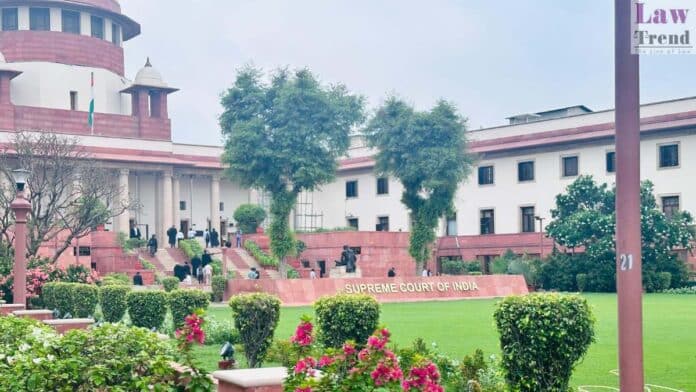In a significant environmental legal oversight, the Supreme Court has expressed concerns over illegal constructions along the banks of the Ganges and has subsequently directed the Central and Bihar state governments to submit status reports detailing the actions taken to rectify this issue.
During the proceedings, Justices J B Pardiwala and K V Vishwanathan, who comprise the bench overseeing this case, demanded clarity on the current extent of encroachments, as well as the strategies and timelines proposed by the authorities for their removal.
“We are keen to understand the measures already implemented by the concerned authorities to eradicate the encroachments along the Ganga’s banks,” remarked the bench. The order, issued on April 2, mandates both the Bihar government and the Union of India to furnish comprehensive reports to facilitate further court deliberations.
The directive emerged amid a hearing of a petition lodged by Ashok Kumar Sinha, a resident of Patna. Sinha’s appeal challenges a June 30, 2020, decision by the National Green Tribunal (NGT), which had dismissed his concerns regarding permanent and illegal constructions on the environmentally sensitive floodplains.
Advocate Akash Vashishtha, representing Sinha, highlighted the extensive illegal constructions, including residential areas, brick kilns, and religious edifices encroaching upon the Ganga’s floodplains. “These encroachments are widespread along the riverbanks and need urgent intervention,” Vashishtha argued, pointing out that these areas are habitats for the endangered freshwater dolphins.
The plea further criticized the tribunal’s decision for allegedly overlooking detailed information about the violators who have encroached on the floodplains.
The Supreme Court has scheduled the next hearing on this matter for four weeks hence, awaiting the detailed reports from both the state and central governments.




